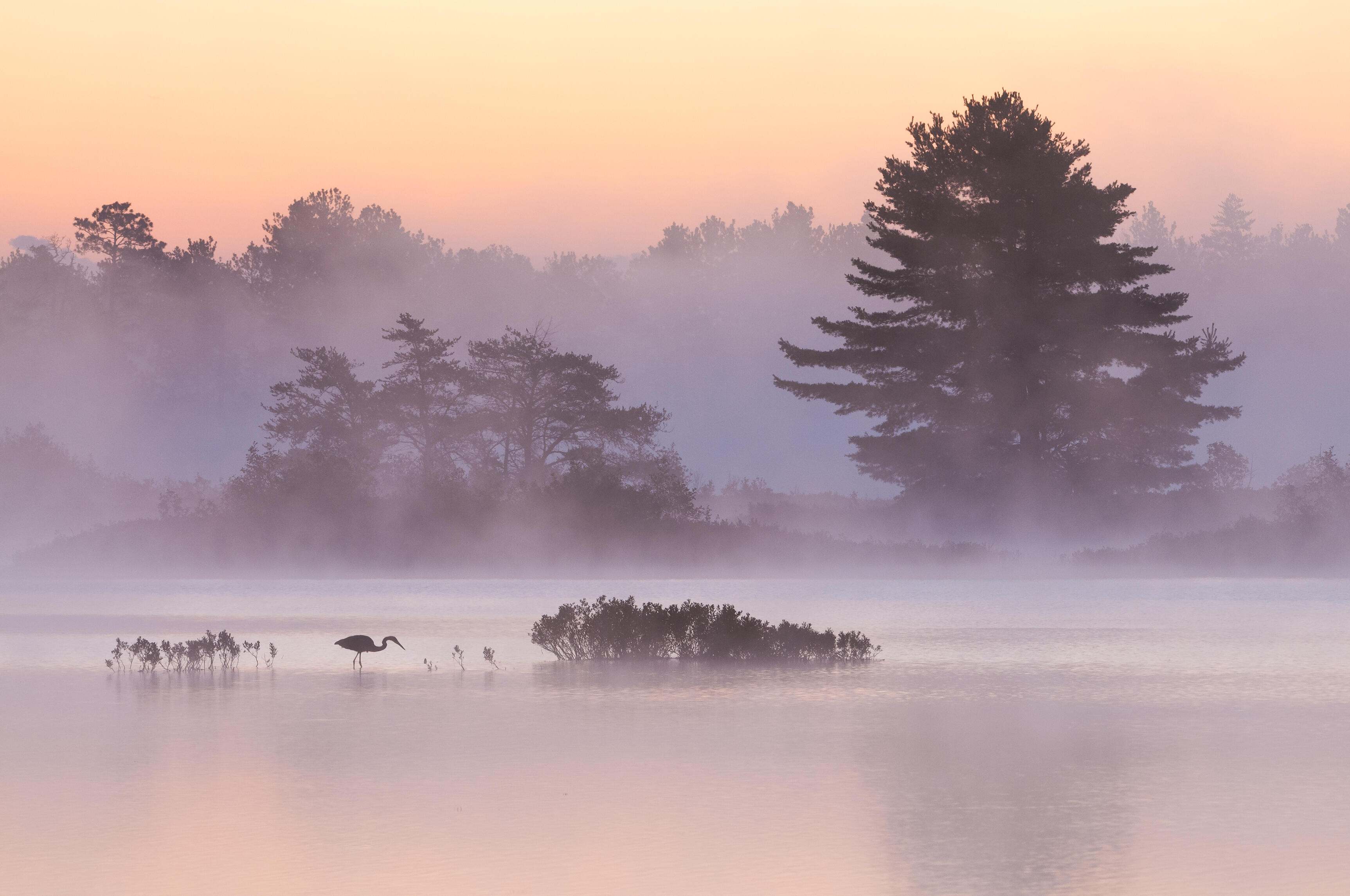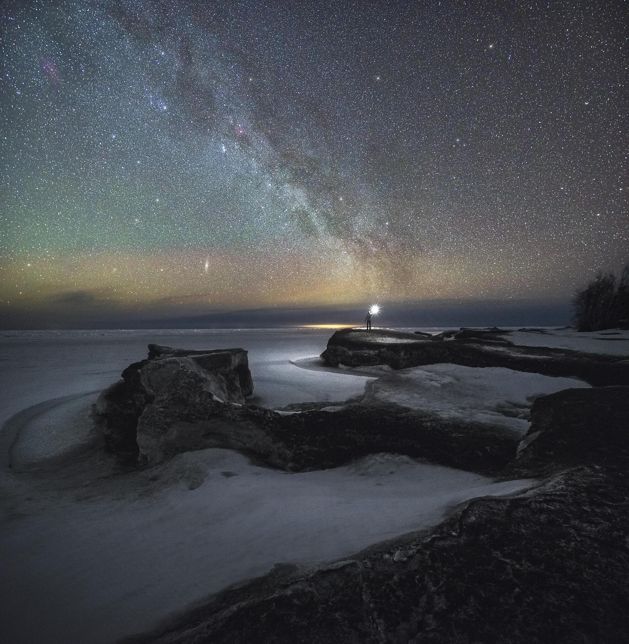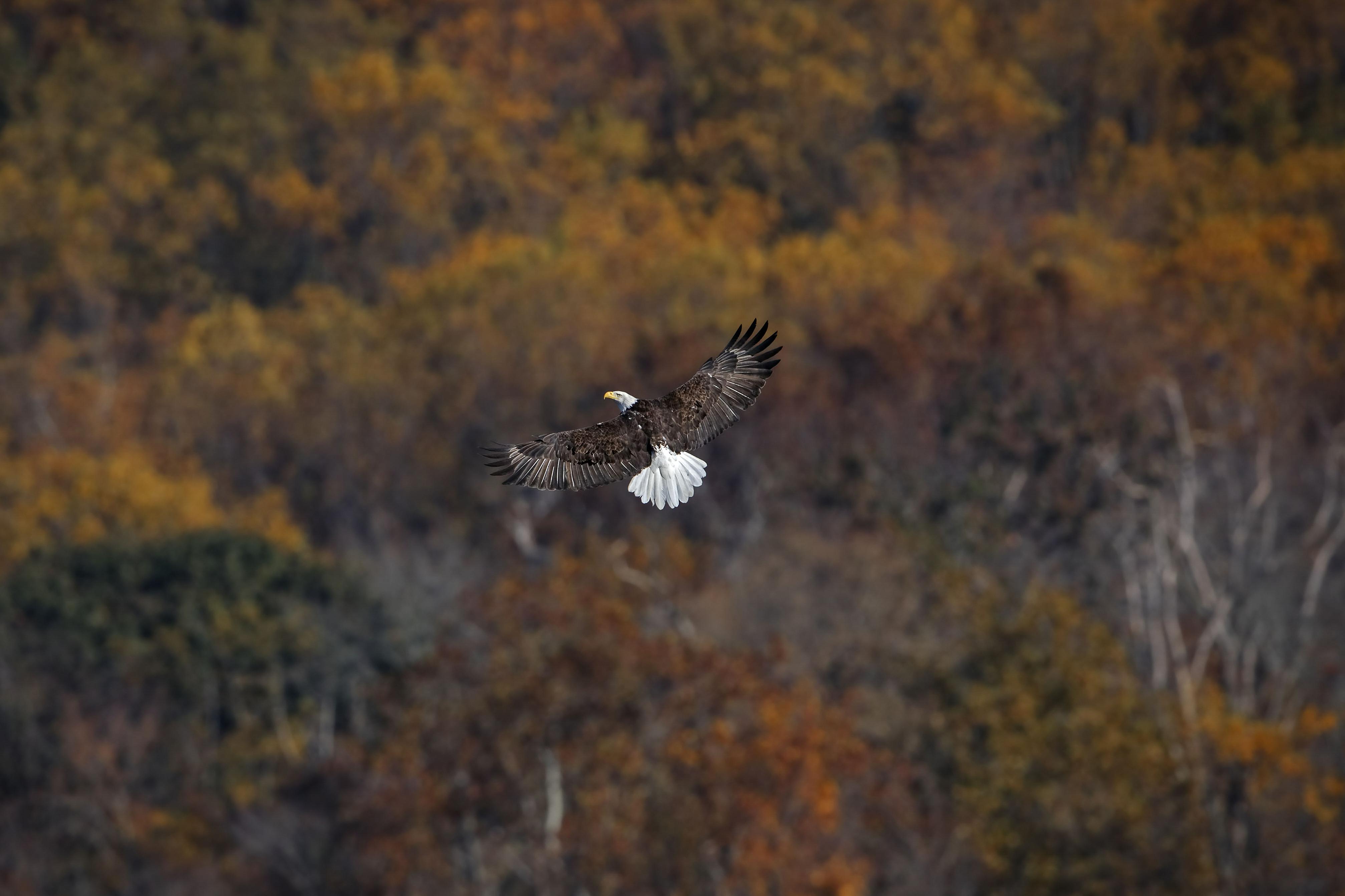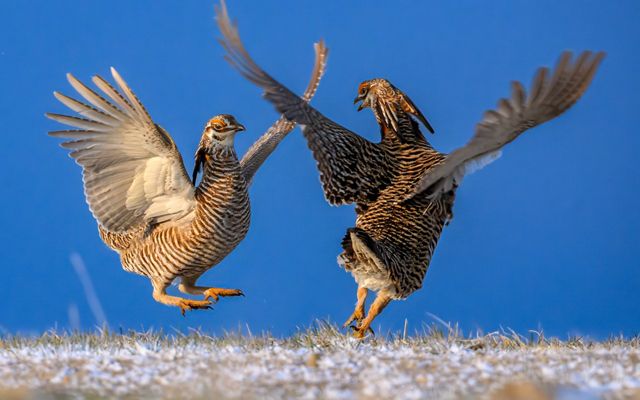Illinois
Learn how The Nature Conservancy is protecting the lands and waters of the Prairie State.
If you seek wonders, look to the Midwest.
Ecosystems like the Great Lakes and the Northwoods define Midwestern culture and play a crucial role in shaping our future climate. Our forests, wetlands and soils are significant carbon sinks. The Nature Conservancy’s (TNC) restoration and protection strategies are helping advance natural climate solutions that benefit the region and the world.
And we can’t forget the force of human ecosystems. In major population centers like Milwaukee, Chicago, Indianapolis, Columbus and Detroit, TNC is using nature to make our great cities cleaner and greener for a healthier, more resilient future. Through our partnerships with foresters, farmers, landowners, Tribal Nations, government agencies, local communities, universities and more, we’re showing just how much can be accomplished when people come together for nature and each other.
There is so much potential for resilient lands, clean waters and thriving communities in 2025 and beyond. But first, let’s take a moment to reflect on how your support is helping benefit people and nature throughout the Midwest and beyond. While great challenges lie ahead, great solutions are possible when we come together.
acres of land safeguarded and protected for future generations across the Midwest
secured through support of local ballot initiatives in four Chicago suburbs for conservation and forest preserve districts
acres burned and restored with prescribed fire on TNC and partner lands
larval lake whitefish eggs stocked in the Jordan River as part of Great Lakes fisheries restoration efforts with partners

From rivers and lakes to wetlands and creeks, water in the Midwest nourishes our communities and sustains the rich diversity of life in the heartland.
Life in the Midwest is shaped by water. To protect our irreplaceable ecosystems—like the iconic Great Lakes, the largest surface freshwater system on Earth—TNC is leading efforts to improve their health and sustainability.
As part of our global 2030 goals, in the Midwest, we’re aiming to protect 41,000 miles of rivers—enough river length to wrap around the earth nearly two times—and 60 million acres of lakes and wetlands by 2030.
Our freshwater work focuses on restoring fisheries and wetlands, improving river quality, reducing nutrient runoff, addressing habitat loss, removing invasive species and managing other issues that harm these shared natural areas. We’re also partnering with communities, including local tribes, to better ensure we’re practicing respectful environmental caretaking.
Click on the boxes below to learn more about our efforts and key successes from the past year.

Sign up to receive monthly conservation news about your state chapter.

The Midwest's natural landscapes are the heart of our connection to nature and a sanctuary for diverse plants and wildlife.
Help conserve forests in the Midwest. Ask Congress to vote "yes" on the Farm Bill.
Sign the PetitionMidwesterners can thank massive glaciers during the last Ice Age for sculpting the diverse, beautiful landscapes—including lakes, marshes, forests, prairies and lowlands—that characterize the region. We may not have mountain peaks or ocean sharks. But we can watch bald eagles dive from bluffs along the Mississippi River, spot moose meandering through the Northwoods, and listen to “cree-ee-ky” calls of chorus frogs in cypress swamps.
One of the greatest threats to this amazing biodiversity is habitat loss. Less than 1% of the original prairies and oak savannas remain in the Midwest.
To help conserve our remaining rare and important habitats, TNC has set the ambitious goal of safeguarding and successfully managing 175 million acres throughout the Midwest between 2020 and 2030. Since 2020, we have helped protect and conserve hundreds of thousands of acres of prairies, wetlands, forests and other lands vital to nature and people.


It seems counterintuitive: Fire creates lusher, healthier grasslands and forests. Yet it’s true—when fire is applied in a controlled manner.
Indigenous peoples used fire for thousands of years to encourage plant growth and manage lands. Borrowing from this tradition, TNC has adopted prescribed fire as a vital restoration tool. In the Midwest in 2024, our fire crews burned more than 8,000 acres on TNC lands and helped burn more than 19,000 acres on partner lands. In Indiana alone, TNC staff conducted 117 prescribed fires on a record 11,000 acres, expanding this cost-effective tool for controlling invasive species and helping native species thrive.
In turn, the land is responding with gratitude.

One challenge to expanding the use of prescribed fire is a shortage of licensed fire crews. To address this issue, TNC is providing a variety of training opportunities. One is our Women in Fire Fellowship in Illinois. Now in its fifth year, the program has given seven women, LGBTQ+ and nonbinary people training and experience in fire management.
“I’m making a difference, not only in the environment but for trying to break down the hypermasculine walls of fire culture and make it an inclusive space,” says Makenna Baxter, one of the program’s first graduates and burn crew member for TNC North America.

Facing extreme weather and climate impacts, the Midwest is taking action to limit global warming with TNC leading the charge.
Natural ecosystems—from forests to grasslands to wetlands—soak up and store carbon from the atmosphere. By protecting and restoring these habitats, we can curtail greenhouse gas emissions, delivering more than one-third of the climate mitigation needed to stabilize global warming, according to TNC-led research.
Click on the boxes below to learn more about two of the ways Midwest forests are helping us to mitigate climate change.
By themselves, nature-based solutions cannot tackle climate change. To keep rising temperatures in check, we also need to significantly increase the amount of electricity generated from solar, wind and other renewable sources.
By 2030, TNC aims to triple the amount of renewable energy in the Midwest, as compared to 2024, with at least 90% developed in a way that conserves nature and benefits communities.
A major challenge is the sheer amount of land needed for clean energy projects. Estimates suggest that the U.S. would need a land area the size of Texas to build enough solar, wind and transmission grids to attain net-zero emissions by 2050.


TNC has identified a solution to the clean energy buildout that promises to benefit communities and significantly reduce the need to site solar, wind and other clean energy projects on natural and working lands.
TNC’s Mining the Sun report recommends siting clean energy infrastructure on degraded lands, also known as brownfields. These include abandoned mines, landfills and locations where chemical or oil spills have occurred. Suitable brownfields are located across the Midwest and the nation. For instance, the three states of Illinois, Indiana and Ohio have more than 1.1 million acres of minefields and brownfields that could accommodate solar projects.

TNC is building a future where people and nature thrive through equitable partnerships and community-driven conservation in the Midwest.
Enduring conservation success depends on teamwork and collaboration and, above all, equitable actions and goals. TNC is committed to respecting the local needs, values and traditions of the many communities that comprise the Midwest. Our 2030 Midwest goals focus on forging and expanding partnerships with Indigenous communities, farmers, foresters, city-based groups and other communities to ensure that local leaders inform conservation decisions. By fostering relationships based on mutual benefit and trust, we can build a future where people and nature thrive.
Click on the boxes below to learn how we partner with people and organizations throughout the Midwest to drive change and advocate for nature.

Guided by cutting-edge science, TNC's Midwest preserves are living laboratories tackling climate change and biodiversity loss.
TNC’s work in the Midwest and beyond is guided by cutting-edge science. Our preserves operate as living laboratories for conservation research. TNC scientists work with partners to implement and test innovative approaches to address the twin challenges of climate change and biodiversity loss.
Click on the boxes below to learn more about some of the research TNC and our partners are doing to advance our knowledge of conservation and the natural world.
Get to know TNC's work throughout the region.